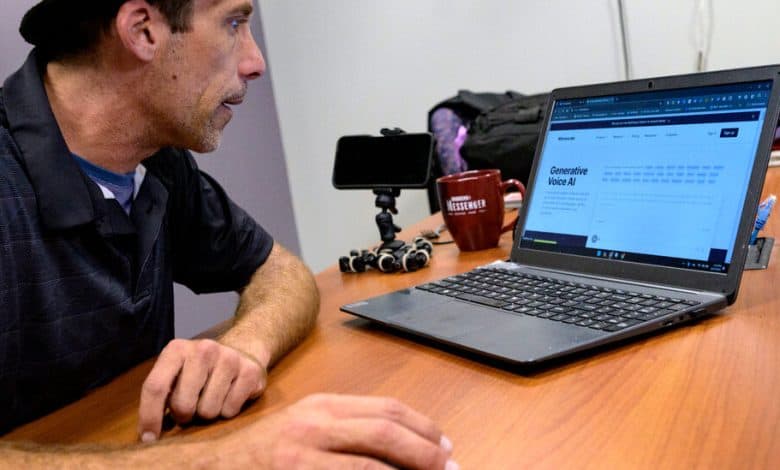A.I. Promised to Upend the 2024 Campaign. It Hasn’t Yet.

Artificial intelligence helped make turnout predictions in the Mississippi elections last year, when one group used the technology to transcribe, summarize and synthesize audio recordings of its door knockers’ interactions with voters into reports on what they were hearing in each county.
Another group recently compared messages translated by humans and A.I. into six Asian languages and found them all to be similarly effective. A Democratic firm tested four versions of a voice-over ad — two spoken by humans, two by A.I. — and found that the male A.I. voice was as persuasive as its human equivalent (the female voice outperformed her A.I. equivalent).
The era of artificial intelligence has officially arrived on the campaign trail. But the much-anticipated, and feared, technology remains confined to the margins of American campaigns.
With less than six months until the 2024 election, the political uses of A.I. are more theoretical than transformational, both as a constructive communications tool or as a way to spread dangerous disinformation. The Biden campaign said it has strictly limited its use of generative A.I. — which uses prompts to create text, audio or images — to productivity and data-analysis tools, while the Trump campaign said it does not use the technology at all.
“This is the dog that didn’t bark,” said Dmitri Mehlhorn, a political adviser to one of the Democratic Party’s most generous donors, Reid Hoffman. “We haven’t found a cool thing that uses generative A.I. to invest in to actually win elections this year.”
Mr. Hoffman is hardly an A.I. skeptic. He was previously on the board of Open AI, and recently sat for an “interview” with an A.I. version of himself. For now, though, the only political applications of the technology that merit Mr. Hoffman’s money and attention are what Mr. Mehlhorn called “unsexy productivity tools.”